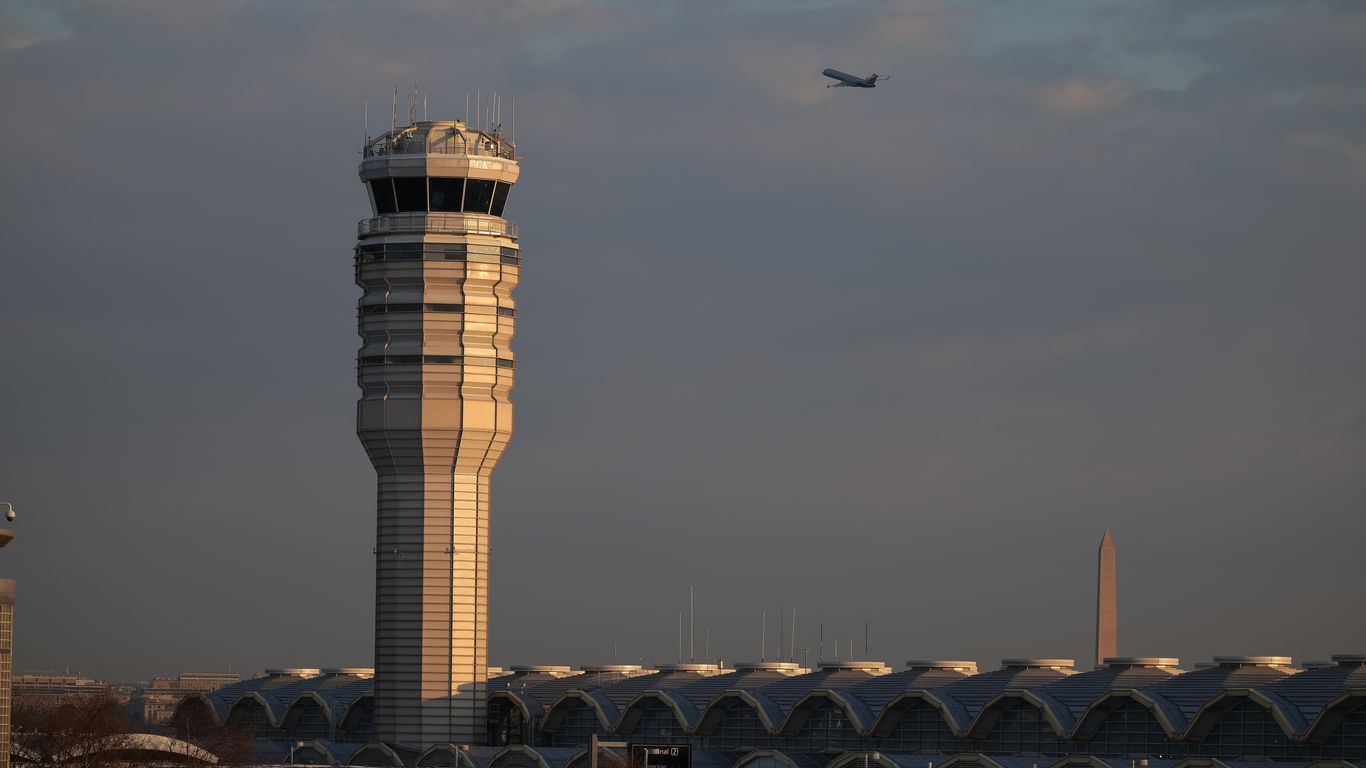
Navigating Turbulent Skies: A New FAA Administrator Takes the Helm
The appointment of a new administrator to the Federal Aviation Administration (FAA) is always a significant event, carrying weighty implications for the safety, efficiency, and future of air travel in the United States. This latest nomination, however, arrives amidst a period of heightened public scrutiny regarding air safety and a growing need for decisive leadership within the agency.
The nominee, a prominent figure in the airline industry, brings a wealth of experience from the private sector. His background offers a unique perspective, blending executive management with a deep understanding of the operational realities facing airlines daily. This insider knowledge could prove invaluable in navigating the complex challenges facing the FAA.
However, the choice also raises important questions. The FAA’s core mandate is to ensure the safety of the nation’s airspace, a task demanding unwavering impartiality and a focus on rigorous regulation. The nominee’s previous role as CEO of a major airline naturally raises concerns about potential conflicts of interest. Balancing the perspectives of the industry with the overarching responsibility of public safety will be a critical test of leadership for the nominee.
The current climate of heightened concern over aviation safety underscores the urgency of this appointment. Recent incidents, while perhaps statistically insignificant in the grand scheme of overall air travel safety, have served to amplify public anxieties. These anxieties are further fueled by the sheer volume of air travelers daily, leading to a greater focus on even the smallest potential safety issues.
Effective leadership at the FAA requires more than just industry expertise. It demands a commitment to transparency, a willingness to engage with the public and address their concerns directly, and a steadfast dedication to the agency’s primary mission: safeguarding the traveling public. The nominee will need to navigate a delicate balance between fostering innovation and technological advancement within the industry while simultaneously maintaining the highest standards of safety and accountability.
This balance is especially crucial in light of the evolving landscape of air travel. The rise of drones, the increasing reliance on automation, and the persistent need for modernization of air traffic control systems all demand proactive and decisive leadership from the FAA. Failure to adapt and innovate risks jeopardizing not only the safety of air travel but also America’s competitive position in the global aviation market.
The Senate confirmation process will inevitably scrutinize the nominee’s qualifications and commitment to public safety. This process offers a critical opportunity to assess his understanding of the broader regulatory environment and his approach to addressing the challenges ahead. Lawmakers will need to carefully evaluate his past experiences, his vision for the FAA’s future, and his ability to navigate the complex political landscape surrounding aviation policy.
Ultimately, the success of this nomination will hinge not only on the nominee’s competence and experience but also on his ability to foster trust and collaboration among stakeholders. This includes airline executives, airport operators, air traffic controllers, and most importantly, the traveling public. Only through open communication and a demonstrated commitment to safety can the FAA maintain public confidence and effectively manage the ever-evolving world of air travel. The skies ahead remain uncertain, and the weight of ensuring their safe navigation rests squarely on the shoulders of the incoming administrator.



Leave a Reply